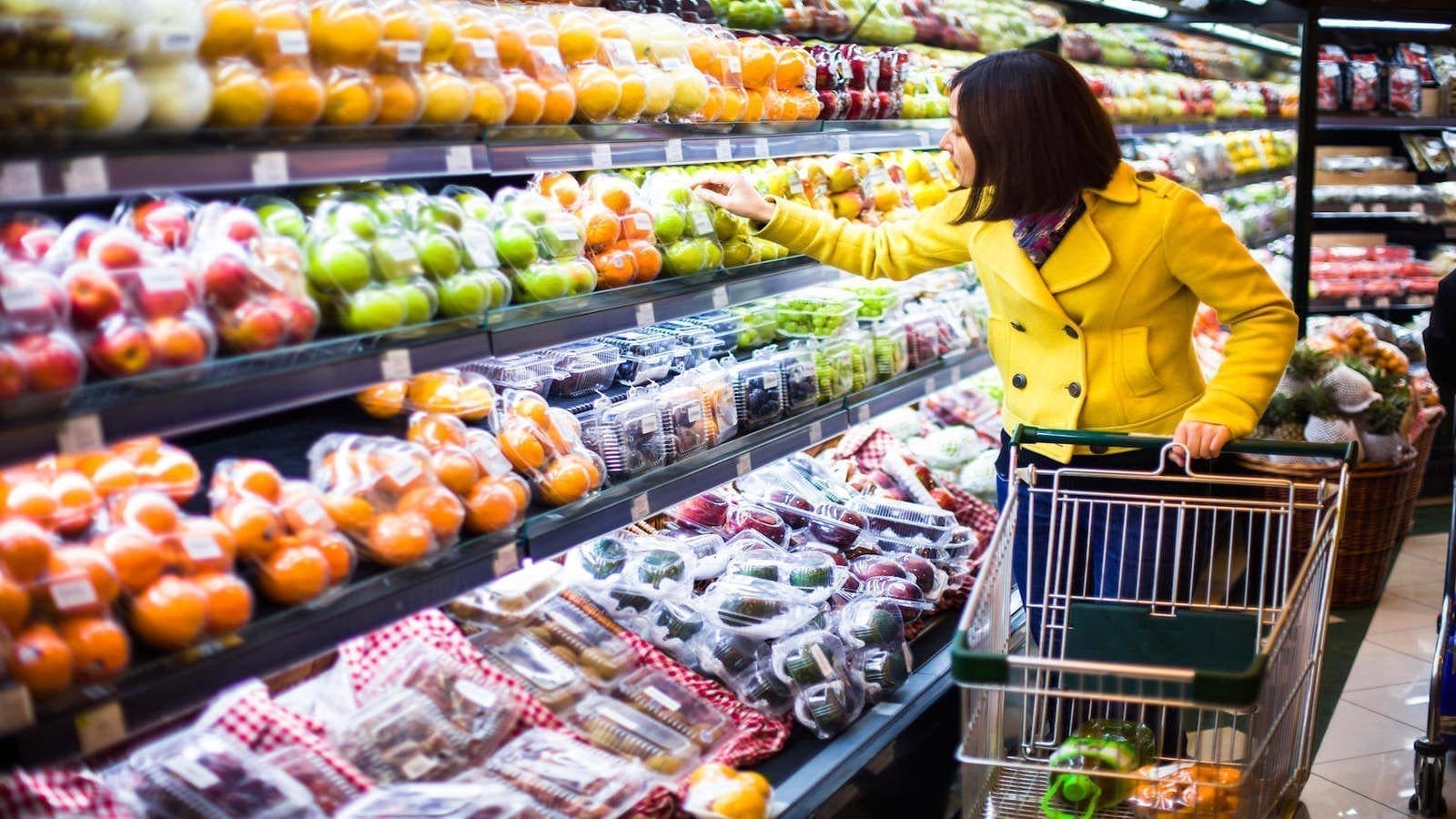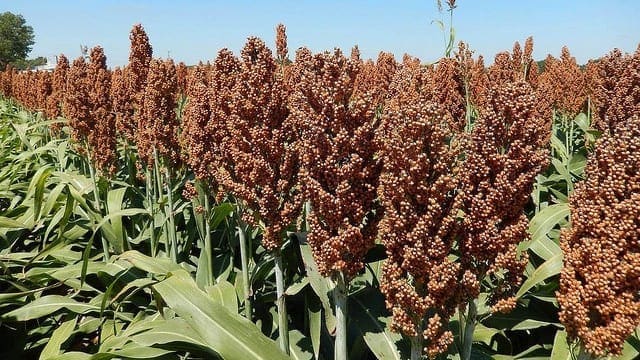GLOBAL – Consumers in March spent 13% more on their food items when compared to February as the ongoing Ukraine-Russia war caused turmoil in markets for staple grains and edible oils.
Russia and Ukraine are major exporters of wheat, corn, barley and sunflower oil via the Black Sea, and Moscow’s six-week-old invasion of its neighbour has stalled Ukrainian exports.
The disruption of food supply chains in the Black Sea prompted the Food and Agriculture Organization FAO to project that food prices could rise by up to 20%, raising the risk of increased malnutrition.
The FAO Food Price Index averaged 159.3 points in March, up 12.6 percent from February when it had already reached its highest level since its inception in 1990.
The Index tracks monthly changes in the international prices of a basket of commonly-traded food commodities.
Disruption to supplies of crops from the Black Sea region has exacerbated price rises in food commodities, which were already running at 10-year highs in the FAO’s index before the war in Ukraine due to global harvest issues.
FAO’s cereal price index climbed 17% in March to a record level while its vegetable oil index surged 23%, also registering its highest reading yet, the UN agency said.
The FAO Sugar Price Index rose 6.7 percent from February to reach a level more than 20 percent higher than in March 2021 while the Meat and Dairy price indexes rose 4.8 and 2.6% respectively.
Cereal trade impacted by Ukraine war
In separate cereal supply and demand estimates on Friday, the FAO cut its projection of world wheat production in 2022 to 784 million tonnes, from 790 million last month, as it factored in the possibility that at least 20% of Ukraine’s winter crop area would not be harvested.
The agency lowered its projection of global cereals trade in the 2021/22 marketing year as increased exports from Argentina, India, the European Union and the United States were expected to only offset some of the disruption to Black Sea exports.
Total cereal trade in 2021/22 was revised down by 14.6 million tonnes from the previous monthly outlook to 469 million tonnes, now 2% below the 2020/21 level.
Projected world cereal stocks at the end of 2021/22 were revised up by 15 million tonnes to nearly 851 million tonnes, mainly because of expectations that export disruption will lead to bigger stockpiles in Ukraine and Russia, the FAO added.
Liked this article? Subscribe to Food Business Africa News, our regular email newsletters with the latest news insights from Africa and the World’s food and agro industry. SUBSCRIBE HERE











